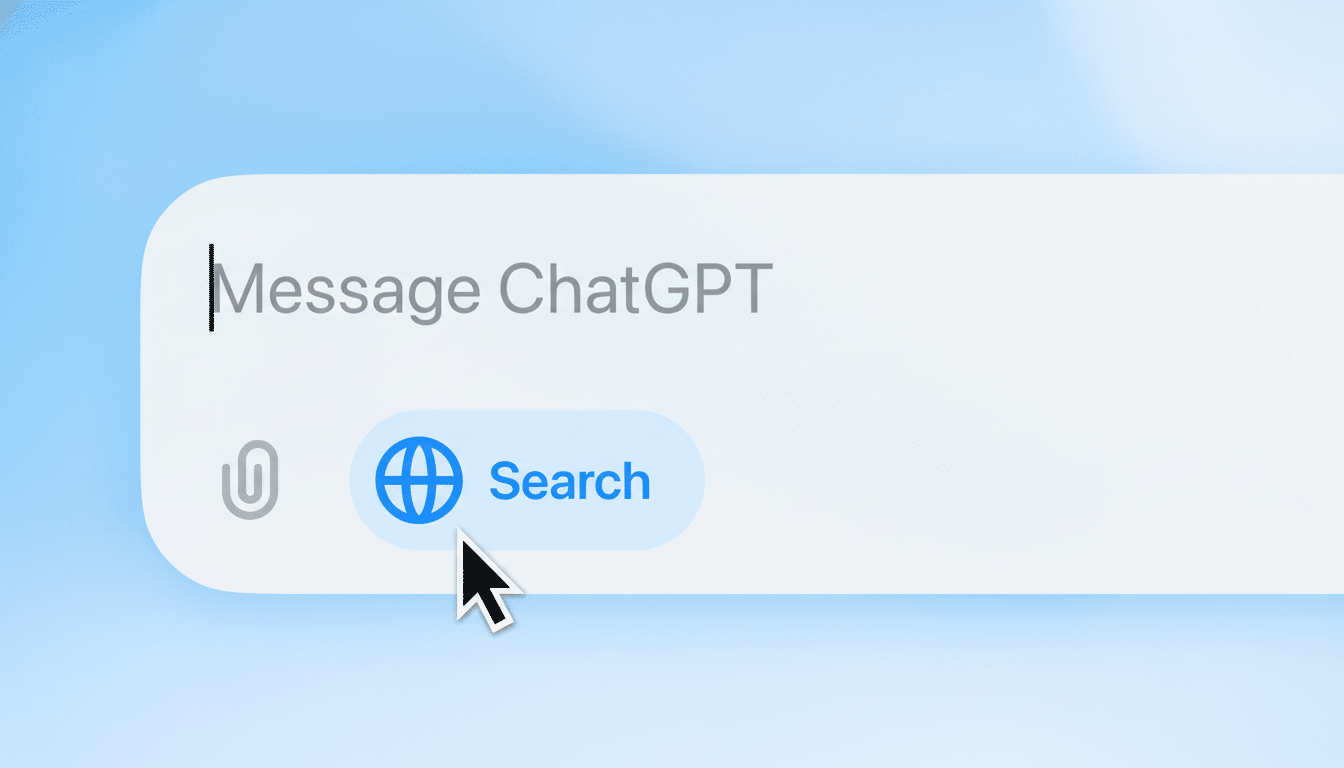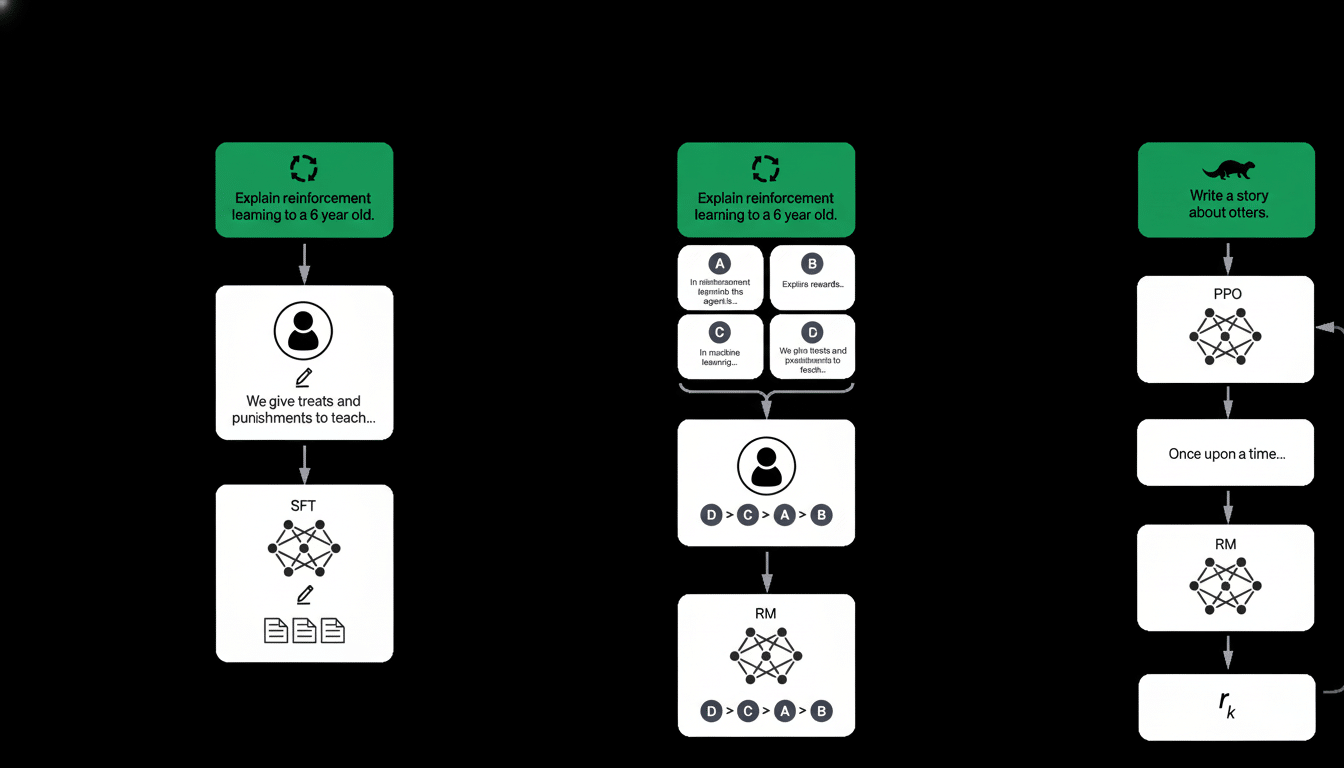OpenAI signaled a large and bold policy shift, announcing plans to permit adult users to generate public-facing erotica with ChatGPT as part of efforts to relax the chatbot’s guardrails. The company says the step will come with stricter age restrictions and new mental health filters, and that it will focus on unambiguously distinguishing mature, consensual requests from adults from other content, which remains off limits.
OpenAI’s management has long kept a tight hold on sexual material due to cautious content rules, stressing safety first while contemplating the technology’s social responsibility. The update reflects a recognition that such measures have deterred legitimate creative expression by adults, including authors and artists who use AI to write fiction or explore romantic and intimate relationships in a safe, consensual setting.

As the company’s leadership noted, the shift only became viable due to age-based preventive measures and mental health precautions. OpenAI has been piloting features to better infer the rough age of users and redirect at-risk people appropriately. These efforts mirror wider industry criticism of AI chatbots’ responses to inappropriate queries, particularly for teenagers, and represent an emerging trend toward a two-tiered experience guided by a person’s age and local context.
A more autonomous mode raises relationship concerns
Upcoming changes to ChatGPT will also include a more autonomous version of the assistant, which will be powered on only when users allow it. Though leveling up its participation may benefit imaginative tasks, more active, human-like behavior can sometimes cause overconnection or misinterpretation if the boundaries between ChatGPT and its user are fuzzy.
Age gating, verification, and the compliance puzzle
OpenAI claims that the erotica capability will be restricted to verified adults, strengthened by more robust age-gating. While the specifics are scarce, the industry playbook for even simple age verification includes document-based checks, third-party age estimation, and signal-based checks connected to platform accounts. Vendors from Yoti to MasterCard have experimented with these tools for age assurance, and standards from the UK’s Age Appropriate Design Code have set expectations for privacy-preserving approaches.
The regulatory backdrop is evolving. U.S. states from Florida to Maryland have enacted age-verification laws for adult sites, and Europe’s online safety standard-setters have called for greater age assurance around mature content. Any AI service providing adult erotica must traverse this complex landscape and obey app store rules, which can sometimes be more stringent than the open web’s policies.
Privacy will be a make-or-break issue. Civil society groups and security researchers recommend that age checks be privacy-preserving, minimizing data and avoiding biometric collection, overreach, or risk of re-identifiability. Expect OpenAI to promote on-device or ephemeral checks wherever possible and independent audits to build trust.
Safety risks are different with generative AI systems
Allowing adult erotica also introduces independent safety risks: no sexual content with images of or involving minors, non-consensual or exploitative themes, or deepfakes of real people. Sensity’s recent research shows that non-consensual, exploitative sexual deepfakes account for more than 95% of the harmful image ecosystem, but the registry itself is a misleading denominator, as deepfakes in general have yet to find large niches online. Guardrails need to do more than block apparent titles; they need to interpret meaning, consent, and identity cues.

OpenAI has invested in classifiers and safety layers that will be inserted between user prompts and model outputs. This implies a combination of real-time content filtering, post-generation checks for image tools, and strict reporting to let users flag policy-violating outputs. Independent assessments — by the Partnership on AI, academic labs, and others — will be necessary to confirm that the controls hold up under adversarial testing.
Mental health remains a concern. The company has promised to guide users in crisis toward help, and the assistant’s tone will be steered away from sycophancy or harmful refusal. OpenAI envisions adults seeking consensual creative erotica, using language that stays within clearly defined boundaries and excludes advice or counseling. This remains a requirement for creators and the overall market.
OpenAI has indicated that developers may be able to build mature experiences on its platform once age-gating is decided. This pushes into an apparently litigious area but unlocks a potentially large segment: AI companies, role-play simulators, and creative writing apps have seen growing demand, while corporations grapple with platform directives and app store guidelines. Rivals are already experimenting with edgier AI identities. User reactions suggest that a reservoir of interest exists, regardless of formal guidelines.
OpenAI’s decision also comes down to money. Writing diverse content or developing high-quality images is compute-intensive, and sexual content drives higher usage. Achieving that content with additional safety and infrastructure expenses — and developing pricing to reflect the higher moderation overhead — will shape the platform business. If OpenAI can harness that demand while keeping a rigid guard, it could turn an off-limits category into a managed, vital feature set.
What to watch next as OpenAI tests adult policies
The main checkpoints are straightforward:
- Transparent age-verification systems
- Explicit policy lines around consent and real people involved
- Third-party audits of safety filters
- A measured rollout that prioritizes user reporting and red-team testing
If successful, the update could represent a new phase for mainstream generative AI — one in which providers create adult-only experiences with unmistakable protections rather than leave such offerings to gray markets. But the onus will be on OpenAI to prove creative independence and safety engineering can coexist at scale.

